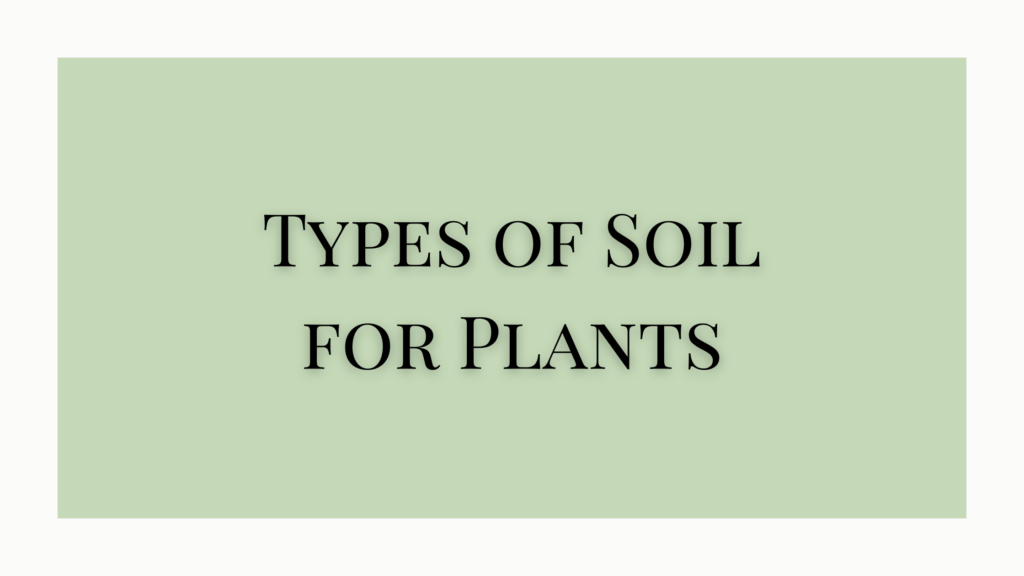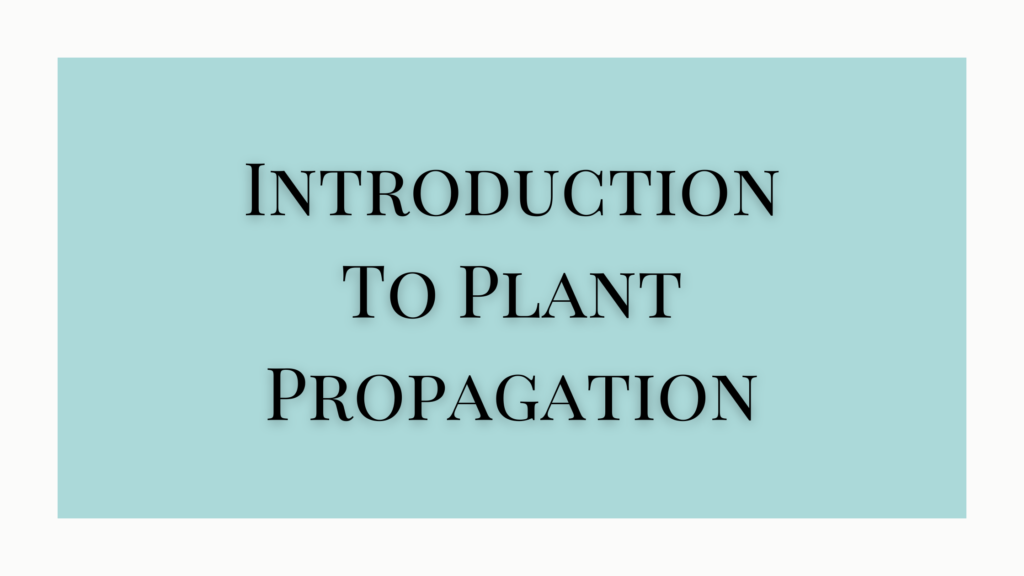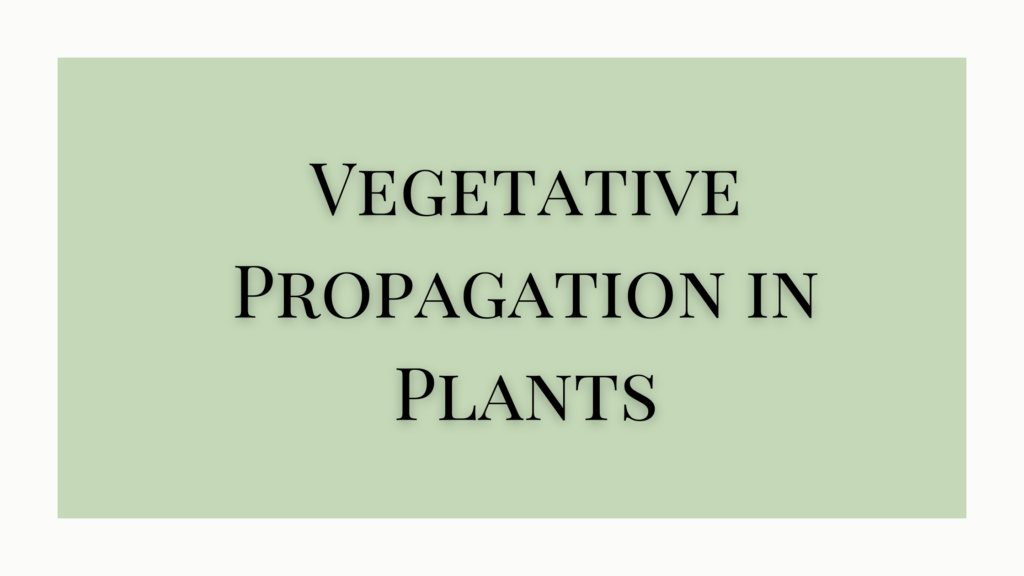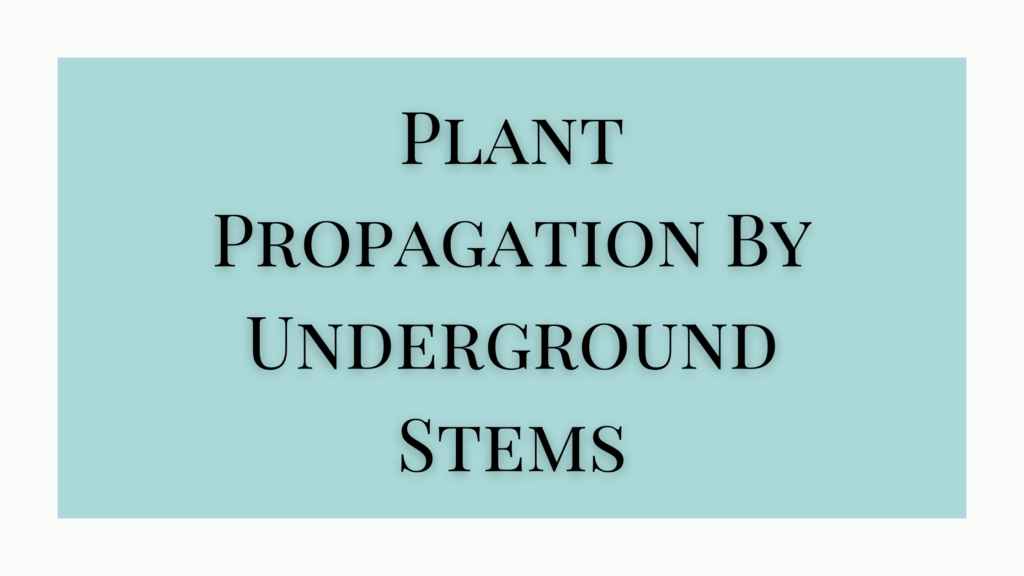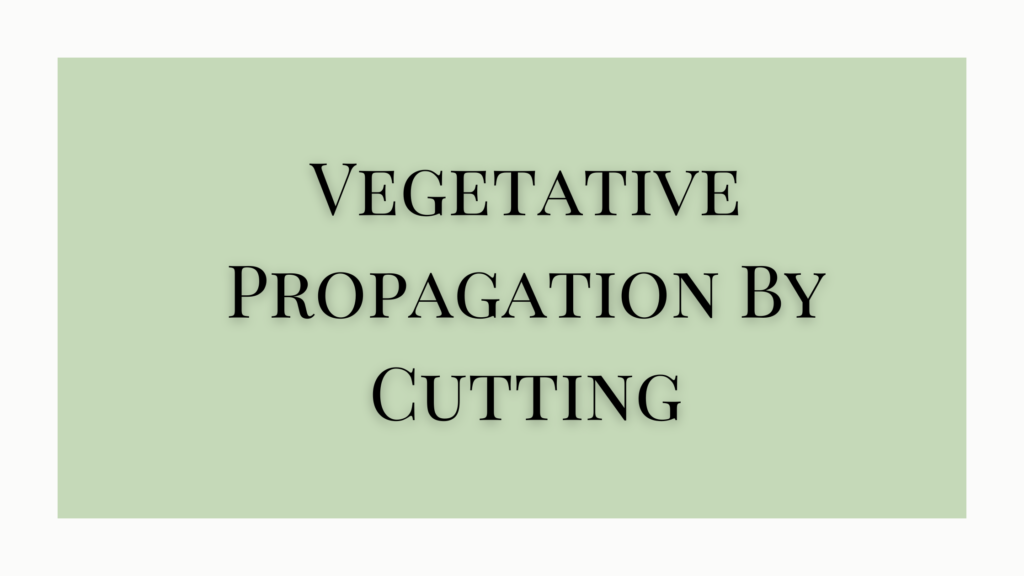One of the first things to consider while planning a garden is choosing the right type of soil. Soil is the prime factor in raising a garden so it is crucial to understand the nature of different types of soil for plants. Adequate knowledge regarding the quality of soil namely, its structure, texture, fertility, etc is necessary for a gardener.
Soil widely differ in their physical texture and composition. Texture depends upon a combination of several constituents which is usually touched by the feel of soil between the thumb and forefinger. It may either be grotty and silky or stiff and sticky.
Based on its major components, the soil is generally classified as sandy, clayey, or alluvial types which are discussed later. A mixture of sand, silt, and clay is called loam. There are wide variations in soil structure, reliability, and acid or alkaline balance.
Generally, a particle too large to pass through a fine mesh of 2mm is considered a stone. The particle size of coarse sand should be 2 to 0.2mm while the fine sand or beach sand should be 0.2 to 0.02mm. Silt should be 0.002mm and clay should be below 0.002mm.
Different Types of Soil for Plants
Sandy Soil
Sandy soil is light and porous, making it easy to handle. The sand grains are particles with a size range range between 0.06mm and 2 mm in diameter. They are gritty to the touch and even the fine sand feels abrasive.
Sand is mainly composed of quartz. The particle size varies from rough angular to more weathered rounded grains. They are frequently coated with iron oxides, imparting very pale to rich yellow to the sand.
Sand provides good aeration and drainage but gets easily dried. This quick drying could be rectified by mixing it with a suitable proportion of clay and loam.
Common plants grown in sandy soil are carrots, radishes, herbs, tomatoes, hibiscus, etc.
Clayey Soil
Clay particles are those with a size of less than 0.002mm in diameter. There are different types of clay minerals such as kaolinite, montmorillate, vermiculite, and mica, which are derived from rock minerals by chemical withering.
Most clay minerals have a layered crystalline structure and are plate-like. Their surface changes to the characteristic property of cation exchange with a predominantly negative charge. It indicates that clay particles attract positively charged cations.
Clayey soil is generally black and heavy. It is unsuitable for gardens since it becomes hard and dry during summer, making it difficult for the roots to grow and spread. Generally, soil with more than 35% clay is unsuitable for plants.
Loamy Soil
Loamy soil is a combination of sand, clay, and silt. It is the best-suited type for the garden, depending on the percentage of clay and sand in it. Such soils are classified as clayey loam or sandy loam depending on the content. Usually, sandy loam contains 15% clay while clayey loam contains 30% clay. This type of soil is suited for vegetable crops such as corn, cucumbers, carrots, etc, and drought-resistant ornamental plants such as manzanita.
Alluvial Soil
Alluvial soil is the sediment of rivers and streams, which is also rich in humus. This is excellent for ferns and farms. Sandy clay obtained from the bottom of dried-up ponds is also good for gardening. Red earth has soft fine particles that quickly dissolve in water. They are suitable for growing plants in pots.
Gravel or Rocky Soil
This type of soil contains large particles and pebbles, therefore unsuitable for growing plants unless it is manipulated to improve its quality. However, it is excellent for cultivating cacti and succulents.
Peat Soil
Peat soil consists of large quantities of humus. It appears black or dark brown as it contains a high amount of organic materials. This is acidic and thus suitable to add to highly alkaline soil. It is spongy and can hold more water. When a little lime is added, it becomes ideal for growing Bromeliads, one of the most popular indoor plants with charming foliage. Some of the other crops grown in peaty soil are blueberries, lettuce, bulb onions, grass, etc.
